Postpartum Shaping Garments Procurement Guide: Precisely Matching Mothers’ Needs to Create a Scientific Procurement Plan
This article dissects the functional, style, and sizing essentials of shapewear based on postpartum mothers' unique needs.
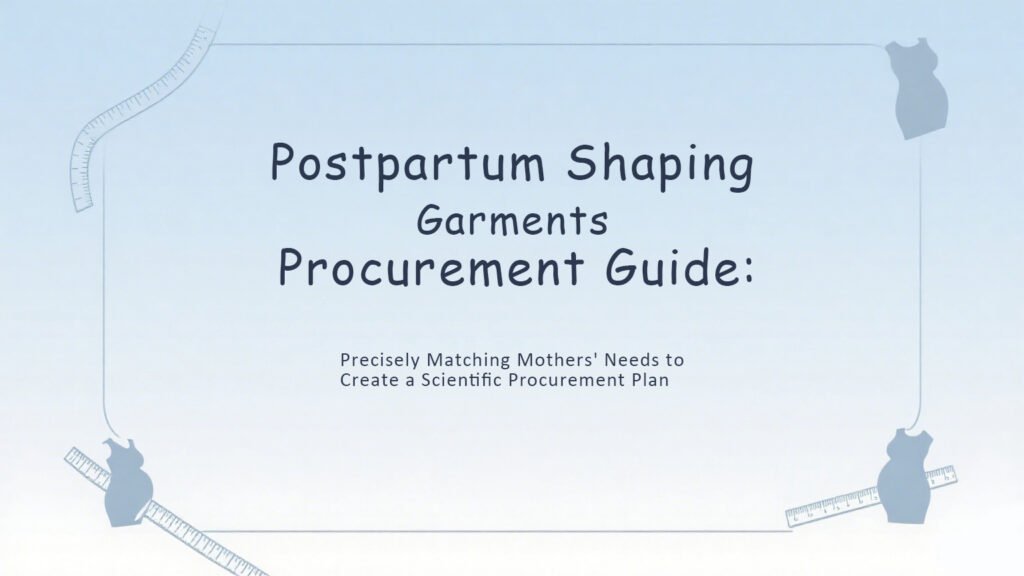
Оглавление
| Pinpointing Core Needs: Three “Must-Haves” for Postpartum Mothers in Shaping Garments |
| 1. Strong Abdominal Support: Protecting the lower back while flattening the abdomen without compressing internal organs is crucial. |
| 2. Breastfeeding Convenience: Opening Design Determines Usage Frequency |
| 3. Comfortable and Skin-Friendly: Fabric and Breathability Matter |
| Styles and Sizing: Catering to Diverse Needs and Postpartum Body Changes |
| 1. Style Selection: Balancing Regional Preferences, Functionality, and Occasions |
| 2. Size Coverage: Expand range to accommodate different recovery stages |
For postpartum mothers, shaping garments are not only tools to aid in body recovery but also essential “postpartum companions” that balance comfort, safety, and practicality. For buyers, accurately identifying the core needs of this demographic directly determines a product’s market acceptance. This article dissects the functional, style, and sizing essentials of shapewear based on postpartum mothers’ unique needs. By integrating regional consumer preferences and supply chain collaboration insights, it provides buyers with a comprehensive, scientifically grounded procurement strategy.
1.Pinpointing Core Needs: Three “Must-Haves” for Postpartum Mothers in Shaping Garments
Postpartum bodies are in a unique recovery phase, demanding far more from shaping garments than ordinary contouring products. Strong abdominal support, breastfeeding convenience, and skin-friendly comfort are three non-negotiable “must-haves” and the foremost criteria during procurement.
1. Strong Abdominal Support: Protecting the lower back while flattening the abdomen without compressing internal organs is crucial.
Postpartum abdominal muscles are relaxed, and internal organs have not yet returned to their original positions. The “support” provided by shapewear must precisely balance ‘effectiveness’ and “safety.” Prioritize styles featuring high-elasticity memory alloy support strips. These strips provide stable shaping force to effectively tighten the abdomen, support the waist, and alleviate postpartum back pain. Their excellent elasticity prevents tightness or pressure during movement, avoiding organ compression that could hinder recovery. Avoid products with no support or overly rigid support materials, as these may be ineffective or potentially restrict blood circulation, causing discomfort.
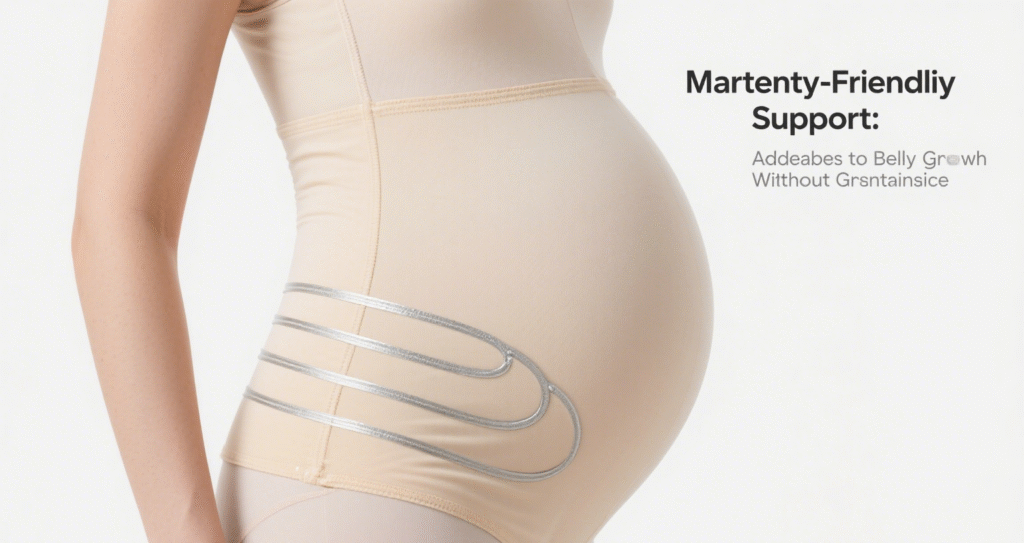
2. Breastfeeding Convenience: Opening Design Determines Usage Frequency
For nursing mothers, the ability to breastfeed quickly directly impacts willingness to use shapewear. Prioritize breastfeeding-friendly openings during purchase, such as front-opening designs (concealed snaps or zippers) or side-access styles (velcro or elastic gussets). These allow mothers to quickly open the garment for feeding without fully removing it, maintaining warmth while enhancing convenience. Avoid styles with no openings or overly complex designs, as these significantly reduce breastfeeding efficiency and may even cause mothers to abandon the garment due to perceived hassle.

3. Comfortable and Skin-Friendly: Fabric and Breathability Matter
Postpartum skin is sensitive and prone to sweating, making shapewear fabric crucial for comfort. Prioritize high-count cotton blended with spandex OR modal blended with elastic fibers. — These materials offer softness against the skin and high elasticity, conforming to body curves while minimizing friction and preventing irritation. Additionally, prioritize breathable fabrics with micro-mesh structures or ventilation holes to wick away sweat, keep skin dry, and prevent heat-related skin issues.
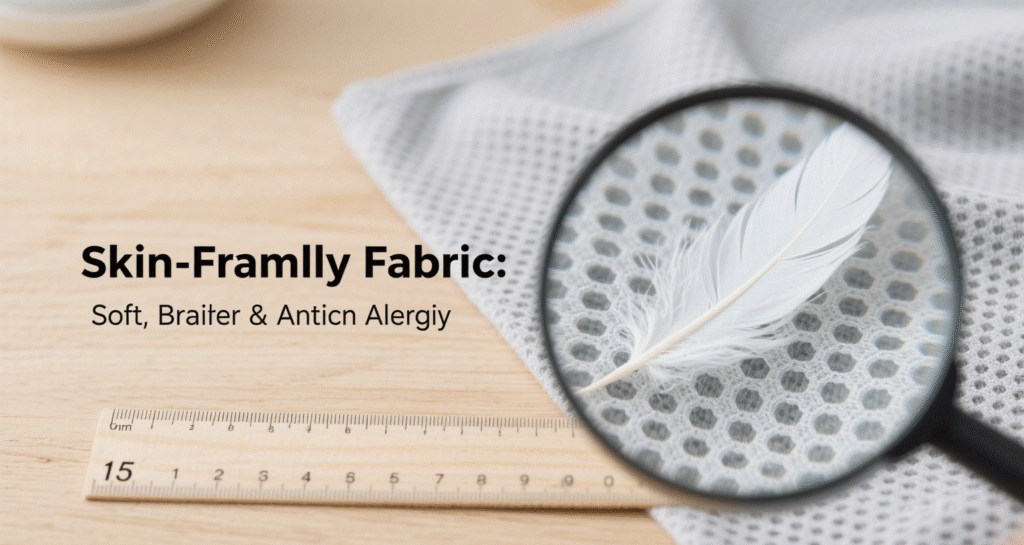
2.Styles and Sizing: Catering to Diverse Needs and Postpartum Body Changes
Postpartum mothers recover at different paces, and regional consumer preferences vary. Procurement must achieve “precise alignment” in both “style selection” and “size coverage.”
1. Style Selection: Balancing Regional Preferences, Functionality, and Occasions
Sales data from leading international maternity brands reveals distinct regional preferences for shapewear styles:
• European and American mothers favor two-piece shapewear (separate tops and bottoms). This design offers flexibility for adjusting abdominal or waist tightness individually, accommodates diverse body types, and pairs well with everyday clothing.
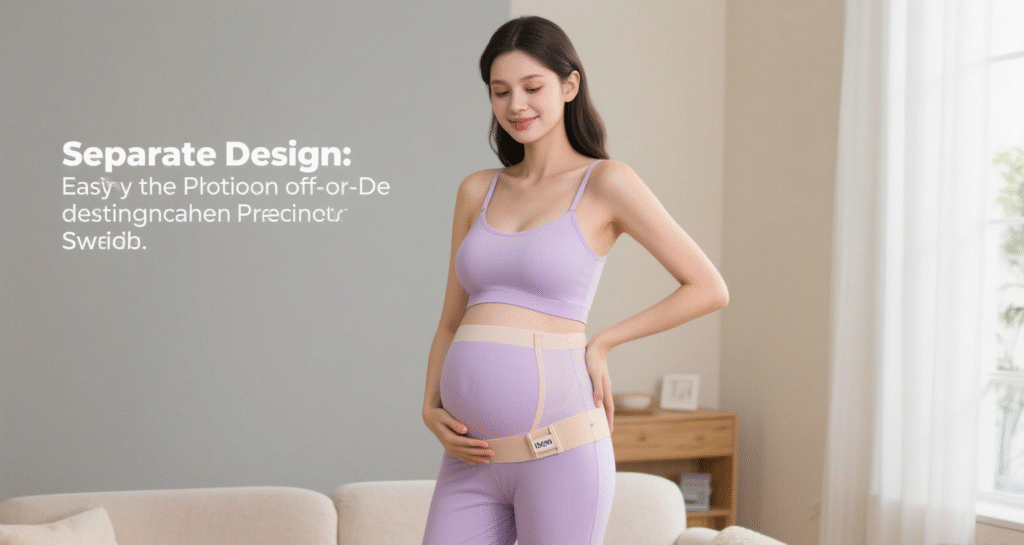
• Asian expectant mothers favor one-piece shapewear (available with or without built-in bust support). This style provides comprehensive shaping, simultaneously firming the abdomen, waist, and hips. Its snug fit prevents shifting, making it suitable for postpartum home use or light outings.
When sourcing inventory, adjust style ratios based on target markets:
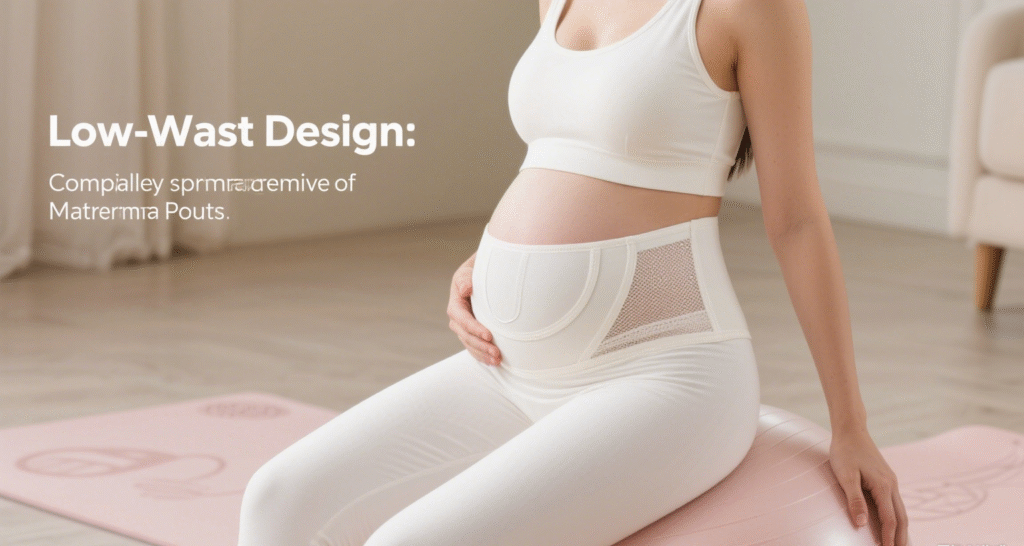
• For European and American markets, allocate 60%-70% to two-piece styles.
• For Asian markets, increase one-piece allocation to over 70%, complemented by a small selection of two-piece options to meet diverse preferences.
2. Size Coverage: Expand range to accommodate different recovery stages
Postpartum mothers experience significant changes in weight and waist circumference (e.g., waist may be 10-15cm wider than pre-pregnancy at 1 month postpartum, gradually decreasing after 3 months). When sourcing products, broaden size coverage to prevent customer loss due to limited options. Refer to the following sizing guidelines:
• Core Sizes: Offer sizes from XS to 3XL (some brands extend to 4XL), clearly labeling corresponding standards for “waist circumference, hip circumference, and weight” in size charts (e.g., M size fits waist 75-85cm, weight 55-65kg);
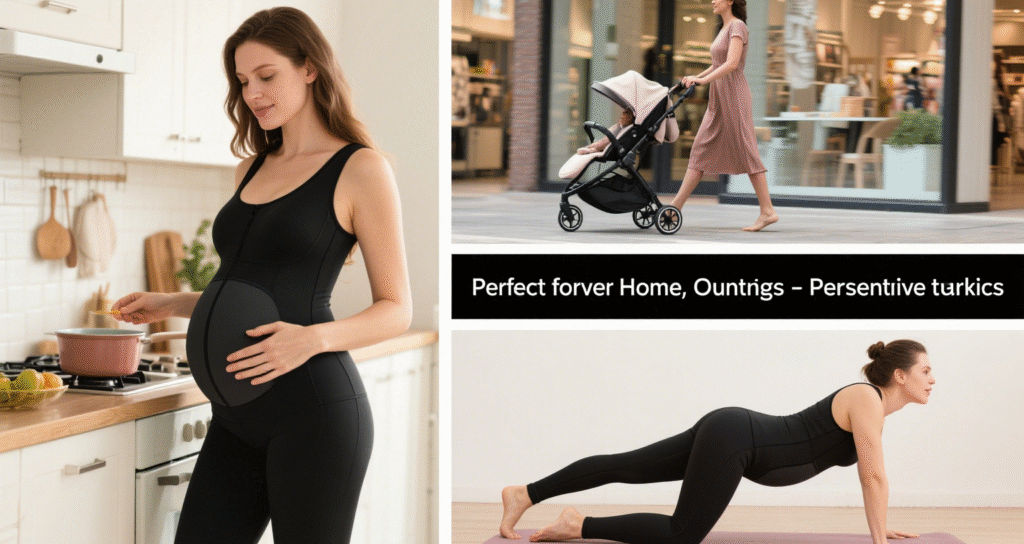
• Special Designs: Address postpartum abdominal protrusion with “high-waist styles” (waistband extending 3-5cm above the navel) or “adjustable waistband styles” (featuring elastic drawstrings or multi-row buttons), allowing mothers to customize fit as their abdomen recovers and extending product lifespan.
Procuring postpartum shapewear fundamentally requires “deep understanding and fulfillment of maternal needs.” From functional control focusing on “high elastic support, breastfeeding-friendly design, and skin-friendly comfort,” to style planning that “accommodates regional preferences and covers diverse sizes,” and finally to procurement execution driven by “data-driven insights and strict quality control”—every step must revolve around mothers’ actual needs. Only then can products truly aligned with expectant mothers’ requirements be procured, earning market recognition while providing warm support for postpartum recovery.
